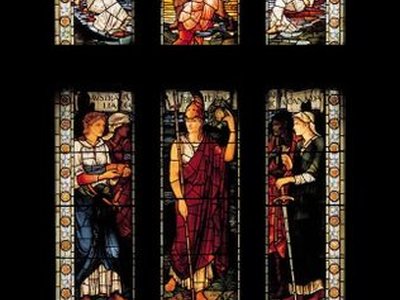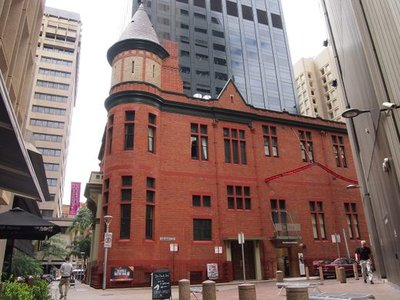Adelaide's Oldest Morris & Co. Stained Glass Window


Hidden away in one of
Adelaide’s side streets lies the Royal Institution, formerly the Adelaide Stock Exchange. Within its walls is something that is often walked passed, missed, or forgotten about. Upon arrival at the Royal Institute, enter through the front entryway, turn to your left, and walk towards the main staircase. Atop the staircase is the oldest and perhaps most valuable
Morris & Co. stained glass
work in Australia, and is the only Morris & Co. stained glass window not within a religious building in Adelaide, which is often referred to as the “City of Churches.”
William Morris famously known for his London-based textile company, Morris & Co., was commissioned to create several stained glass windows for the city of
Adelaide
. Almost all of them located within churches. His work within the Royal Institute remains as one of his most valuable works to date, somehow surviving two fires during the 20th century, in 1938 and 1982 respectively. The stained glass window still stands in the main stairwell where it was originally commissioned.
The window was commissioned by Sir George. A. Brookman, an early mining mogul of South Australia and Western Australia, to commemorate the Australian Federation, an important moment in Australian history, in which the Australian colonies were joined together as a nation in 1901.
The window features six stained glass panels, with the main three panels depicting the British Empire, with life-sized figures representing
Australia
and
India
on the left panel, Africa and Canada on the right panel and Britannia in the centre. Based on designs by British painter, Edward Byrne-Jones, a painter, designer and a founding partner of Morris & Co., the three upper panels represent morning, noon and evening.
Upon closer inspection you’ll notice the central figure of Britannia is holding a wreath that frames the word ‘FEDERATION’, a nod to when the window was made.